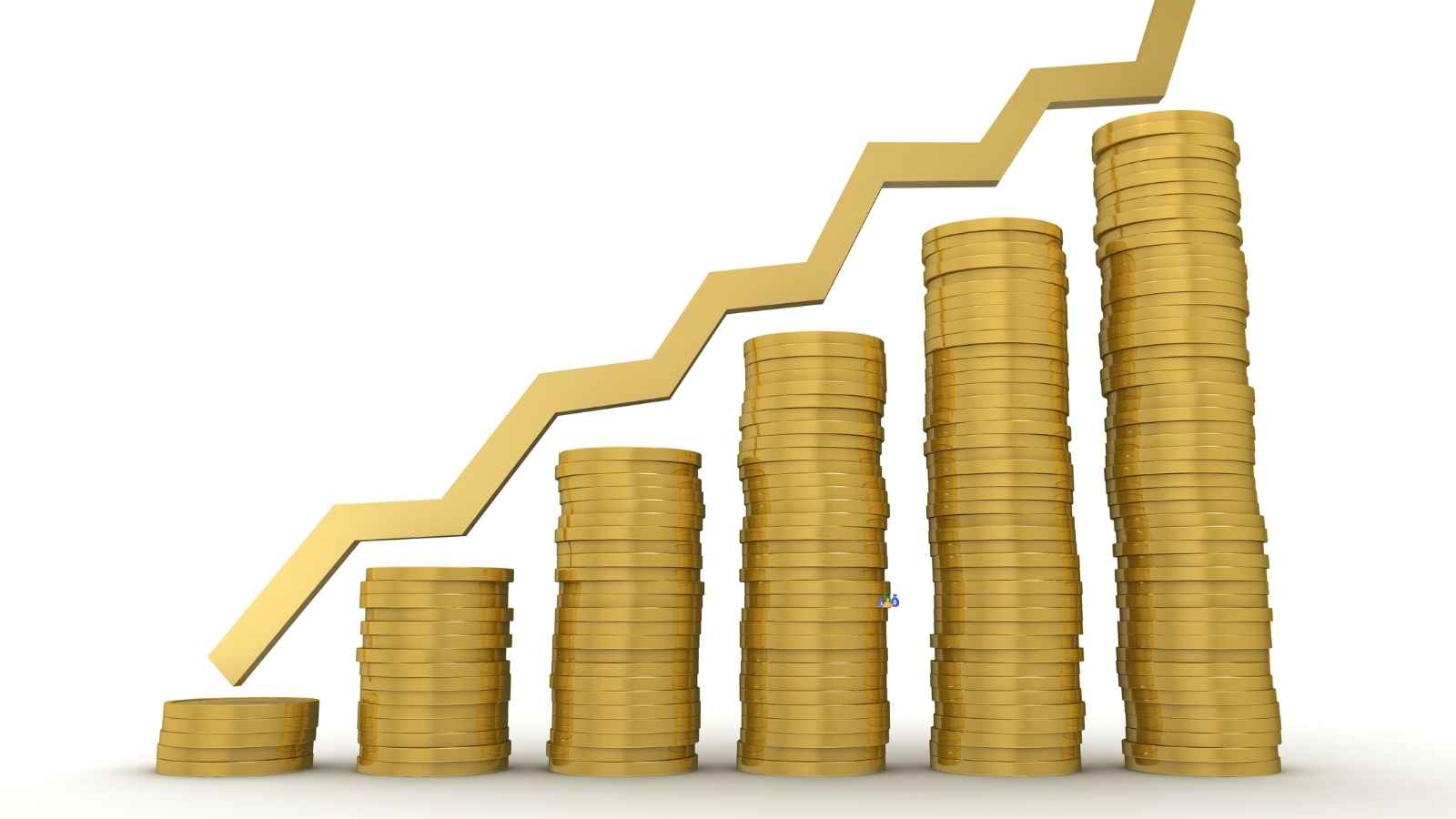Historical Trends of Gold Rates in India

Gold, a radiant and cherished metal, has long been significant in Indian culture, symbolising wealth and prosperity. Archaeological finds reveal that gold was treasured in ancient India, used not only for creating ornaments but also for trade and as a form of currency. It was highly valued for its purity and incorruptible nature. From traditional jewellery to religious ceremonies, gold has been integral to India’s heritage for centuries.
Exploring the historical gold rates in India unveils an interesting story of economic, social, and cultural importance. Read this blog to understand how gold rates have evolved over the years in India and the reasons for the increase in gold rates.
Historical Gold Rates in India
The following table shows the historical gold rates in the country since 1964:
List of Gold Rates in India |
|
|
Year |
Price (24 carat per 10 grams) |
|
1964 |
₹63.25 |
|
1965 |
₹71.75 |
|
1966 |
₹83.75 |
|
1967 |
₹102.50 |
|
1968 |
₹162.00 |
|
1969 |
₹176.00 |
|
1970 |
₹184.00 |
|
1971 |
₹193.00 |
|
1972 |
₹202.00 |
|
1973 |
₹278.50 |
|
1974 |
₹506.00 |
|
1975 |
₹540.00 |
|
1976 |
₹432.00 |
|
1977 |
₹486.00 |
|
1978 |
₹685.00 |
|
1979 |
₹937.00 |
|
1980 |
₹1,330.00 |
|
1981 |
₹1670.00 |
|
1982 |
₹1,645.00 |
|
1983 |
₹1,800.00 |
|
1984 |
₹1,970.00 |
|
1985 |
₹2,130.00 |
|
1986 |
₹2,140.00 |
|
1987 |
₹2,570.00 |
|
1988 |
₹3,130.00 |
|
1989 |
₹3,140.00 |
|
1990 |
₹3,200.00 |
|
1991 |
₹3,466.00 |
|
1992 |
₹4,334.00 |
|
1993 |
₹4,140.00 |
|
1994 |
₹4,598.00 |
|
1995 |
₹4,680.00 |
|
1996 |
₹5,160.00 |
|
1997 |
₹4,725.00 |
|
1998 |
₹4,045.00 |
|
1999 |
₹4,234.00 |
|
2000 |
₹4,400.00 |
|
2001 |
₹4,300.00 |
|
2002 |
₹4,990.00 |
|
2003 |
₹5,600.00 |
|
2004 |
₹5,850.00 |
|
2005 |
₹7,000.00 |
|
2007 |
₹10,800.00 |
|
2008 |
₹12,500.00 |
|
2009 |
₹14,500.00 |
|
2010 |
₹18,500.00 |
|
2011 |
₹26,400.00 |
|
2012 |
₹31,050.00 |
|
2013 |
₹29,600.00 |
|
2014 |
₹28,006.50 |
|
2015 |
₹26,343.50 |
|
2016 |
₹28,623.50 |
|
2017 |
₹29,667.50 |
|
2018 |
₹31,438.00 |
|
2019 |
₹35,220.00 |
|
2020 |
₹48,651.00 |
|
2021 |
₹48,720.00 |
|
2022 |
₹52,670.00 |
|
2023 |
₹65,330.00 |
|
2024 (Till 29th October) |
₹80,450.00 |
How Have Gold Prices Evolved in India Over the Decades?
The journey of gold prices in India can be seen across several distinct periods, each influenced by significant events and economic changes. These include:
-
Pre-Independence Era
Before India gained independence, gold played a vital role as a currency and a means of preserving wealth. Gold prices during this time remained fairly steady, thanks to the fixed gold standard system. With gold values directly tied to the currency, fluctuations were rare.
-
Post-Independence Period
After 1947, India’s economic policies began to shift. The historical data on gold prices during this era reveals a gradual increase. The government imposed strict regulations on gold imports to manage the economy, which limited the supply of the yellow metal and fuelled the demand for it. As a result, gold prices started to rise, mirroring India’s evolving economic aspirations.
-
Liberalisation Phase
In 1991, economic liberalisation reshaped India’s gold market. By opening up the economy, the government allowed greater imports and introduced more flexible pricing. From the 1990s onward, gold prices saw a notable rise, driven by changing market dynamics and increased consumer demand.
-
A New Global Era
The early 2000s significantly changed the global economy, influencing India’s gold prices. China’s rapid economic growth and the 2008 U.S. financial crisis triggered a worldwide surge in gold prices. In India, this period was marked by spikes in gold prices, reflecting international trends and the country’s economic development.
Why are Gold Prices Rising?
The historical rate of return on gold in India has been driven by various factors:
-
Exchange Rate Impact
The exchange rate between the Indian rupee and the US dollar greatly affects gold prices. A strong rupee can make gold more affordable, while a weak rupee often pushes prices higher.
-
Global Gold Market Trends
Changes in international gold rates influence prices in India, with factors like market sentiment, foreign trade, and investment flows playing a crucial role. India’s economic ties with global markets also impact local gold pricing.
-
Government Policies and Regulations
Policies affecting gold’s supply and demand—import duties, customs regulations and taxation—impact prices. Other factors that impact gold prices are as follows:
-
Interest Rate Changes
High interest rates can reduce gold’s appeal as an investment, often causing prices to fall. In contrast, lower interest rates usually increase the demand for gold, raising its price.
-
Seasonal Buying Trends
Indian festivals and weddings drive up the demand for gold, often resulting in higher prices due to the seasonal surge in purchases.
The Bottomline
The historical gold rates in India reflect the country’s journey through economic changes, global influences and cultural traditions. From steady values in the pre-independence era to dramatic shifts post-independence, gold prices have mirrored India’s evolving economy. Influenced by different factors, gold remains a valued asset in India, embodying heritage and financial standing across generations.